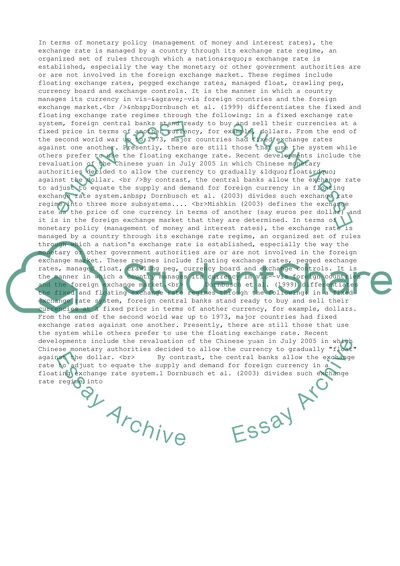Cite this document
(“The importance of exchange rate regimes Essay Example | Topics and Well Written Essays - 2500 words”, n.d.)
The importance of exchange rate regimes Essay Example | Topics and Well Written Essays - 2500 words. Retrieved from https://studentshare.org/business/1521715-the-importance-of-exchange-rate-regimes
The importance of exchange rate regimes Essay Example | Topics and Well Written Essays - 2500 words. Retrieved from https://studentshare.org/business/1521715-the-importance-of-exchange-rate-regimes
(The Importance of Exchange Rate Regimes Essay Example | Topics and Well Written Essays - 2500 Words)
The Importance of Exchange Rate Regimes Essay Example | Topics and Well Written Essays - 2500 Words. https://studentshare.org/business/1521715-the-importance-of-exchange-rate-regimes.
The Importance of Exchange Rate Regimes Essay Example | Topics and Well Written Essays - 2500 Words. https://studentshare.org/business/1521715-the-importance-of-exchange-rate-regimes.
“The Importance of Exchange Rate Regimes Essay Example | Topics and Well Written Essays - 2500 Words”, n.d. https://studentshare.org/business/1521715-the-importance-of-exchange-rate-regimes.


